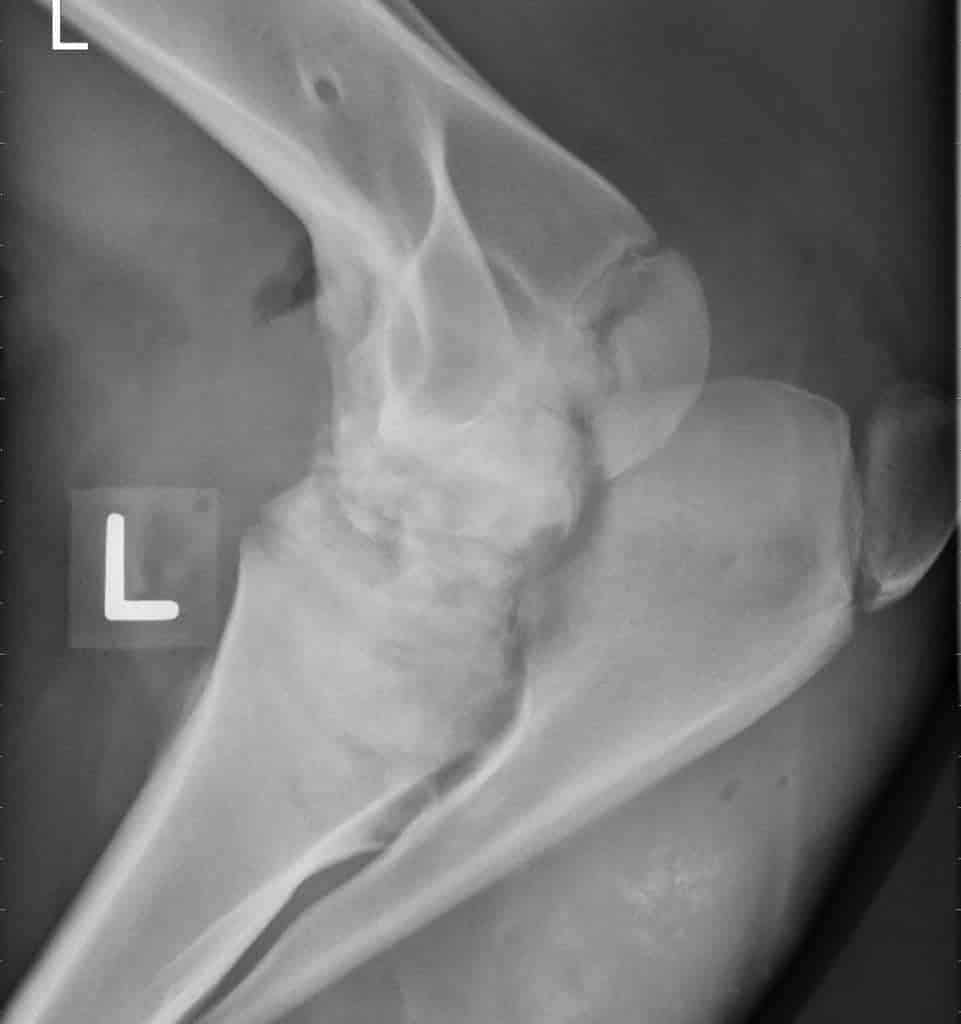PRP, Bone Marrow for Tendon/Ligament Injuries (AAEP 2011)
Mixed study results indicate more research is needed to determine dosing frequency and therapeutic window.
Prevention, diagnosis, and treatment of leg lameness
Mixed study results indicate more research is needed to determine dosing frequency and therapeutic window.

Treatment goals should be to aid in performance without eliminating the joint’s natural response to injury.

Topical anti-inflammatories, hyaluronic acid, and shock wave therapy are among the popular treatment options.
The summit will offer 68 hours of hoof care education focused around the theme “Zeroing in on Soundness.”

Go back to basics to understand what ataxia is and how to diagnose the cause for ataxia in affected horses.

Certain lucencies should be taken seriously as they appear to have a significant effect on racing performance.
Sue Dyson, MA, VetMB, PhD, DEO, FRCVS, and Chris Gregory, CJF, FWCF, will present at the lecture in January.
Attendees discussed hoof lameness, club feet, track surface’s effect on lameness, back and neck pain, and EPM.

The manner in which we deal with equine hoof problems (shoes/no shoes) depends on the individual case.

Using computational modeling, researchers can examine “what if” scenarios related to equine injuries.
Equine lameness exams, regenerative medicine, podiatry advancements, and case studies will be discussed.

Healthy hooves are paramount to a horse’s soundness. This fact sheet lists some common hoof problems, such as hoof abscesses, quarter cracks, bruises, navicular syndrome, underrun heels, and thrush, and how to identify, manage and prevent them.

To get to the bottom of subtle performance-limiting gait abnormalties, vets must consider every puzzle piece.
When a horse needs surgery, what’s his prognosis for a full recovery? What problems can occur during recovery?
As we step back from our machines and relearn the art of looking at the equine patient as a whole we might realize that some of the most complicated problems have rather simple solutions.

A Thoroughbred filly undergoes arthroscopic surgery to remove a bone chip from her left hind fetlock, increasing her chances of staying sound for horse racing. Dr. Chris Johnson of Woodford Equine Hospital in Versailles, Ky, explains the procedure.
Stay on top of the most recent Horse Health news with
"*" indicates required fields